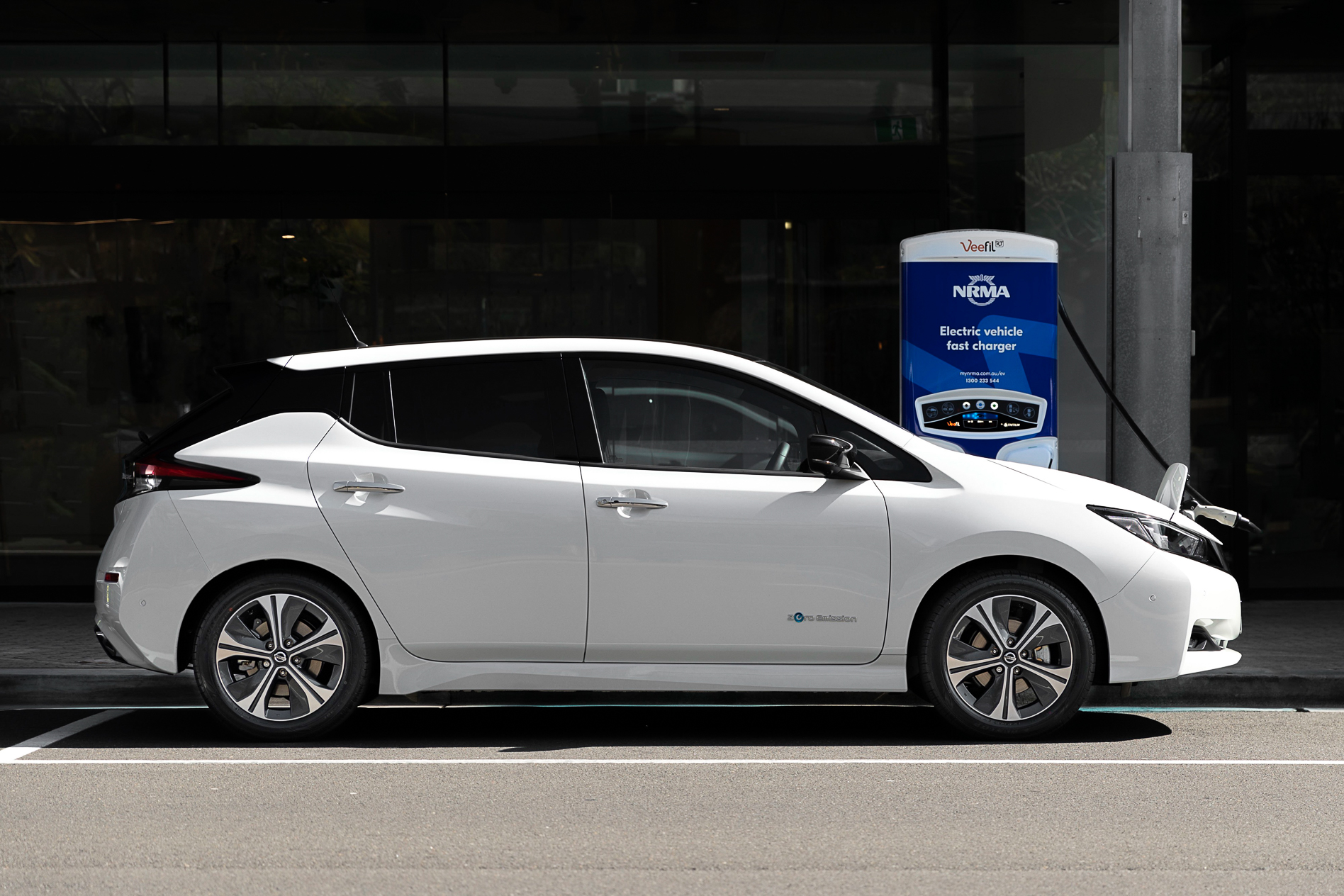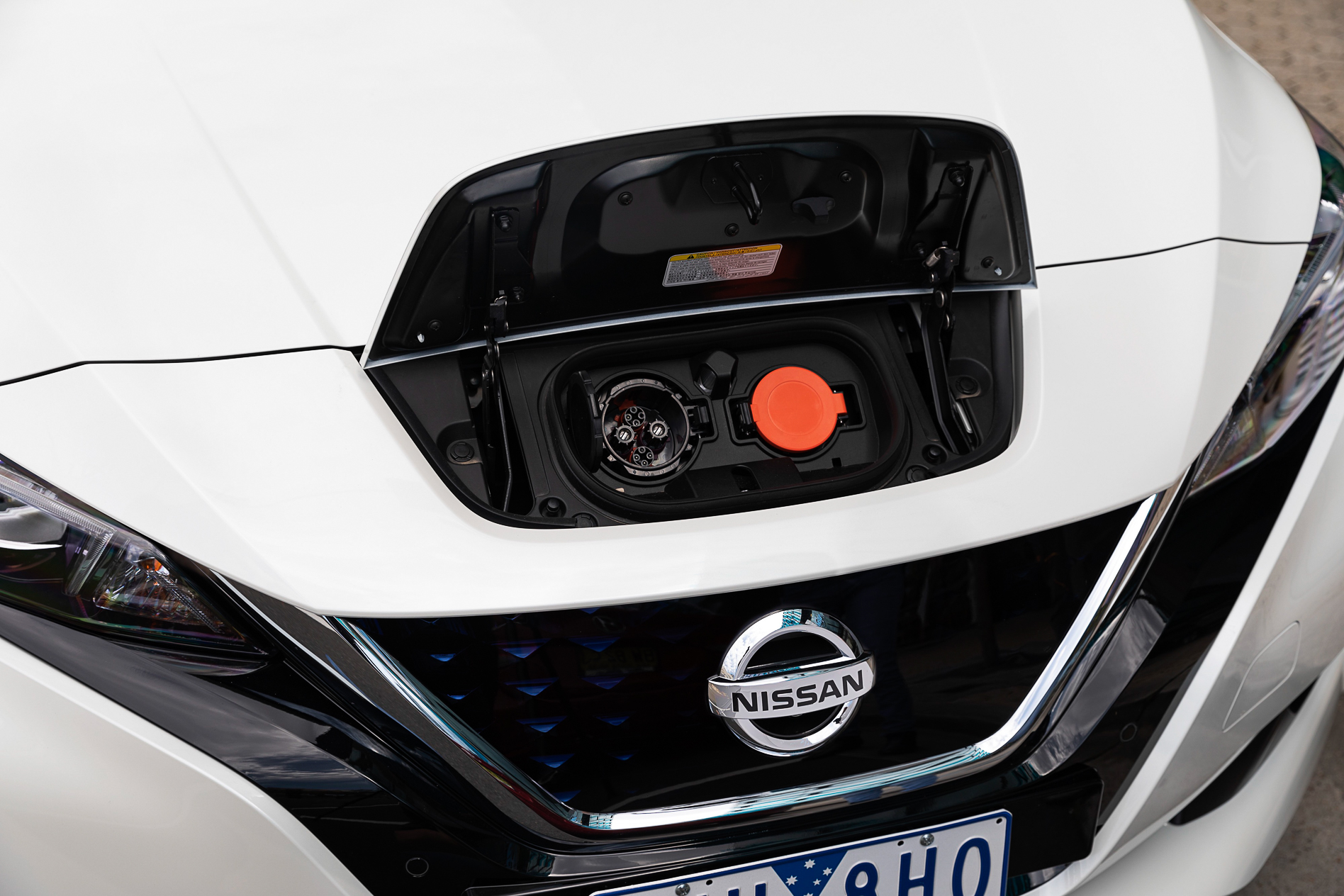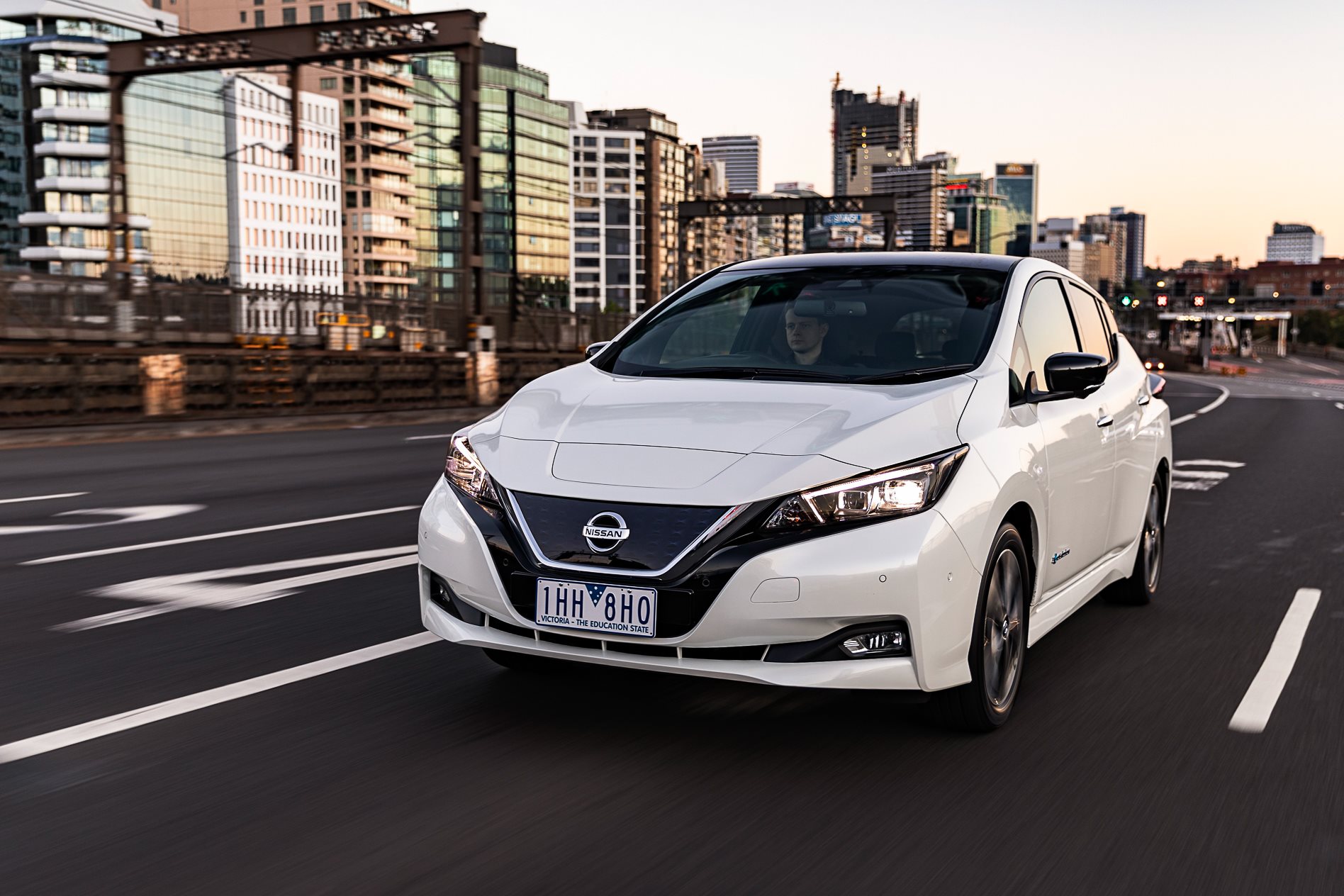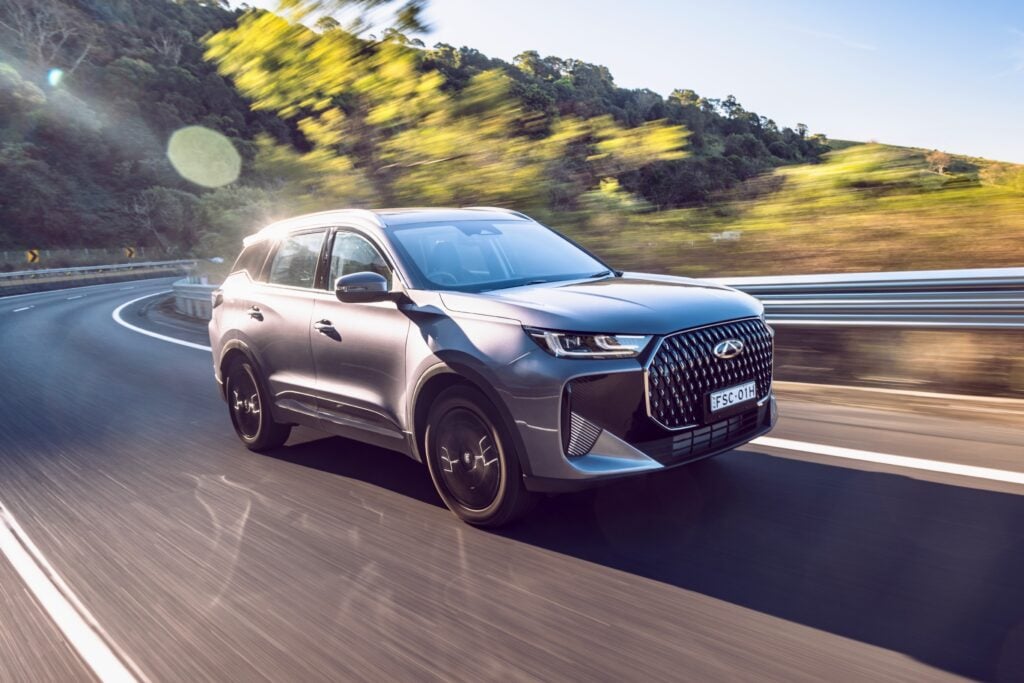It’s a strange concept to fathom, but in the near future cars like the Nissan Leaf will act as both an energy source and a storage system to support the smooth operation of electricity grids. The process, known as vehicle to grid (V2G), will essentially optimise the electric car’s potential as both a receptacle and provider of electrical energy.
It’s widely accepted that 90 percent of cars aren’t in use 90 percent of the time. But while you can’t do much with your petrol or diesel car when it’s parked in the garage, the same can’t be said for electric vehicles and hybrids, which have both electrical charge and storage capacity when in a static state.

Hence why V2G works in a bidirectional fashion, meaning it can both enable the recharging of batteries and the supply of electrical charge. The benefits appear in terms of the ability for large numbers of EVs to help stabilise an electricity grid, while also potentially reducing the need for ever more poles and wire infrastructure to feed our insatiable demand for power.
The principle of V2G works in three key ways. The first is vehicle to home or building charge, where the EV owner hasn’t used 100 percent of the car’s battery capacity during the day, thus enabling it to feed power into the household supply when occupants are arriving home and using energy-intensive items like the stove top, oven and water heater. At this point, the vehicle is effectively removing demand from the grid in a practice called ‘peak shaving’.
The second option is for an EV such as the Leaf to be used as a source of emergency or back-up power. In other words, the electric car becomes a silent generator, with power from the battery channelled to homes and buildings in the event of a blackout.
The final piece of the puzzle is where EVs draw or add power to the grid at key intervals, thereby helping smooth supply peaks and troughs and making the overall grid supply more stable.

What’s more, there is also potential for EV owners to reap a financial benefit when selling battery power back to the grid, much as households with solar installations do now.
In turn, recharging of vehicle batteries can be allocated to times of low demand, typically very late at night or early morning, when energy is at its cheapest.
One downside to this technological interplay is that bidirectional chargers are currently still too expensive for broader consumer acceptance. Despite this, Nissan’s global EV program director, Nicholas Thomas, is positive about the future of V2G, pointing to the fact the company has already begun rolling out trials globally, in partnership with the Enel Group, with plans to begin trials in Australia by the end of 2019.
How V2G works
- Recharging of batteries can be allocated to designated times of low demand, typically the dead of night or pre-dawn, when energy is cheap
- At peak times such as the end of the working day when energy demand is highest, EVs can power a household directly, reducing overall demand
- EVs can draw or add power to the grid at key intervals to help smooth supply peaks and troughs, thereby helping stabilise overall supply






